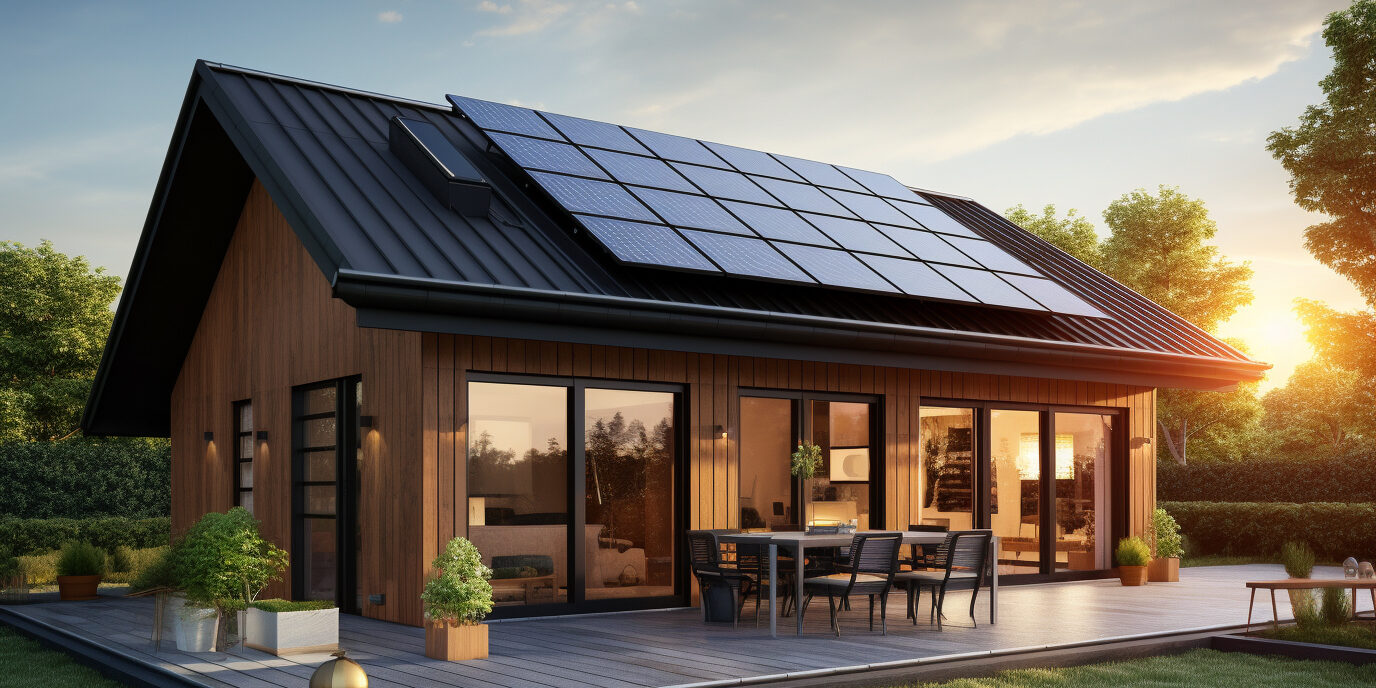Activism / Health / Water
Drinking Dark Waters? Learn More About Why YOU Should Care About PFAS Chemicals
Activism / Clean Energy / Climate Change / Health / Plastic / Waste
Vote for the Environment on Election Day
Clean Energy / Climate Change / Food
Scientists: There is No More “Life as Usual” in Averting Climate Change
Ecofashion / Green Products / Waste
“Unveiling Fashion”: Addressing the Hidden Problems of Waste, Environmental Sustainability, and Labor Issues One Garment at a Time
Eco Travel / Ecofashion / Food / Green Products
Eco-destination Malta: 3 places to help you live a green lifestyle, Maltese-Style
Activism / Clean Energy / Climate Change / Health / Water

